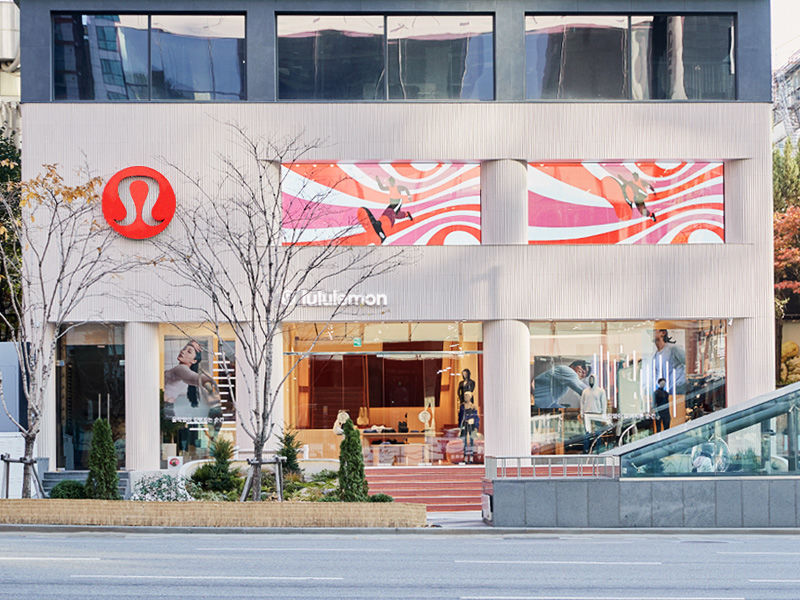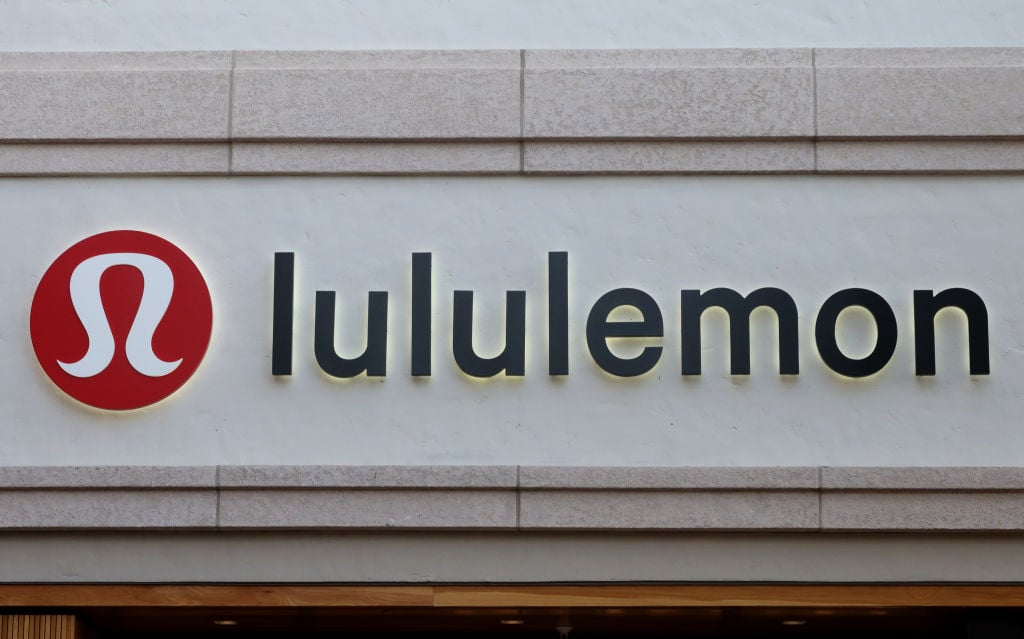Lululemon Athletica (LULU 3.90%) has been around for over two decades but has only recently become a household name. The yoga-apparel brand is one of several Vancouver-based fashion brands, including Native Shoes and Herschel Supply Co., that have broken through and become leaders in their industries,
Vancouver is culturally primed for this type of trend-pioneering, as a city full of fitness enthusiasts who aren't afraid to wear their spirits on their sleeves (or their yoga pants ). Lululemon, founded in 1998, was perfectly positioned to help create and then take over the athleisure concept. The company's financials are terrific, with formidable second-quarter revenues of $883 million, an increase of 22% from 2018, and net income of $124.99 million, an increase of 30% from the same quarter last year .
There are three core reasons that Lululemon has been able to quickly rise and contend with the industry behemoths, including Nike and Adidas.

Image source: Getty Images.
1. Niche focus
Sporting goods companies put their best efforts into make sporting shoes and sporting clothes. While the giants of that domain have been able to meet changing demand over the years, they need to connect with varying markets and hold their own in a number of different areas to remain successful. Their main markets are still sporting enthusiasts, and athleisure is a small departure from the core constituency. It's a perfect match, but it requires a move in another direction.
Apparel companies can make athleisure products as well, but it's not their focal point, either. Fashion brands from Stella McCartney and Alexander Wang to bridge lines such as DKNY have all been offering sportswear-inspired collections, but their offerings are not as wide-ranging and don't have as many advanced features as of companies that are only in this market.
Lululemon, on the other hand, was born with a smaller emphasis. It's intensely dedicated to one clear goal, which is creating high-quality athletic apparel "for yoga, running, training and most other sweaty pursuits." Due to its singular objective, the company has been able, year after year, to churn out distinctive, fashionable, and laser-focused products that their customers want and for which they'll even pay a premium.
2. Culture of innovation
Lululemon brings out innovative products relentlessly. It has a "Power of Three strategic plan to drive product innovation, create integrated Omni guest experiences, and to expand deeper in key markets around the world ." In other words, the company has an overall strategy based on three prongs:
- Continuous development of innovative products.
- Allowing customers to access its products via various channels that all work together.
- Define and enter new international markets.
The company is growth hungry, undertaking to double revenues from the men's division and the digital channel and to quadruple international sales by 2023. CEO Calvin McDonald said, "We believe lululemon has a unique opportunity to push beyond traditional expectations to develop innovative products and become a fully experiential brand that creates compelling experiences for guests who want to completely live into the sweatlife."
The company is constantly seeking new ways to thrust itself forward, taking risks, assessing, and reevaluating. It recently launched a new division called lab that takes the athleisure concept more fashion-forward, with edgier and pricier options. Lululemon also has partnerships with high-level designers such as Robert Geller and Roksanda Ilincic. The company invests heavily in the customer experience, with in-store artwork and exercise classes. And it quickly deals with problems, such as early trouble with see-through pants and a current investigation into labor practices at its Asian manufacturing plants .
3. Emergence of athleisure as a mainstream trend
Lululemon is benefiting from the international trend of athleisure as a conformist mode of dress. Investing in consumer discretionary stocks, in general, has been challenging lately, with many once-profitable retail companies shuttering their doors. But athleisure brands have been increasing revenues and opening stores.
Lululemon may be leading the way, but the other companies, such as the aforementioned Nike and Adidas as well as Gap Inc.'s Athleta and Vancouver's own RYU and Herschel Supply Co., are running right along next to them. The industry as a whole has been exploding, and all of the companies are benefiting.
Since it's been doing it longer than many newcomers, Lululemon has the experience and knowledge to move forward faster than many of the other smaller entrants in the market. With this magical combo of having the right culture in the right place at the right time, Lululemon continues to climb higher.









